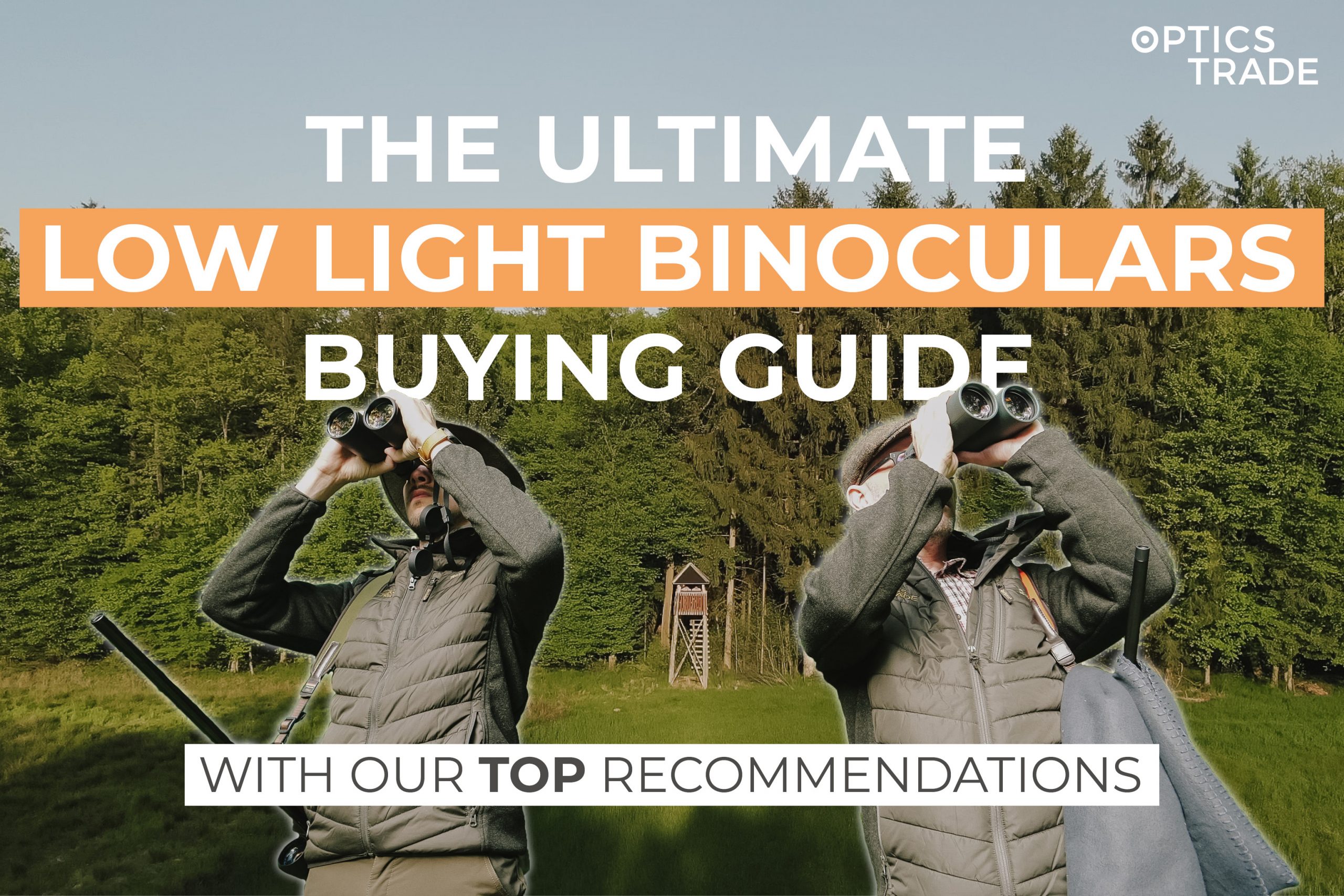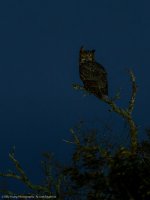Viewerinsweden
Member

Hi there,
I was wondering what binoculars you use for spotting owles?
Answering my own question, I used to have a EL 10x50 and it worked well for spotting owles since it was relativly light with a large apperture. I eventually sold it in favor for a lighter pair.
When I asked a professional birding guide what she would use, she told me to buy a flashligt instead of a pair of binoculars.
Does anyone go "owling" frome time to time? What do you use?
Greeting from Stockholm
Philipp
I was wondering what binoculars you use for spotting owles?
Answering my own question, I used to have a EL 10x50 and it worked well for spotting owles since it was relativly light with a large apperture. I eventually sold it in favor for a lighter pair.
When I asked a professional birding guide what she would use, she told me to buy a flashligt instead of a pair of binoculars.
Does anyone go "owling" frome time to time? What do you use?
Greeting from Stockholm
Philipp








